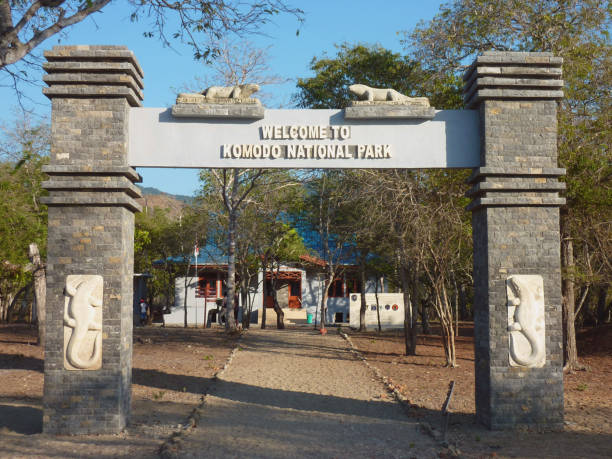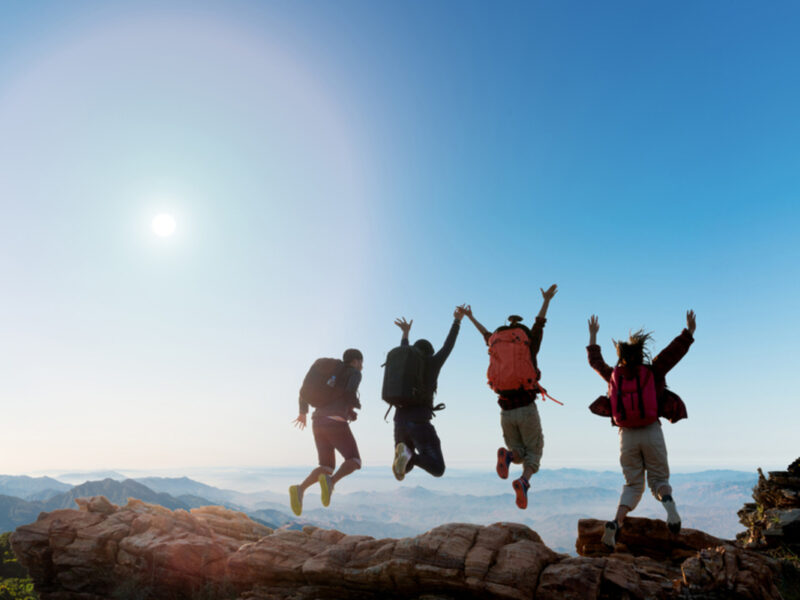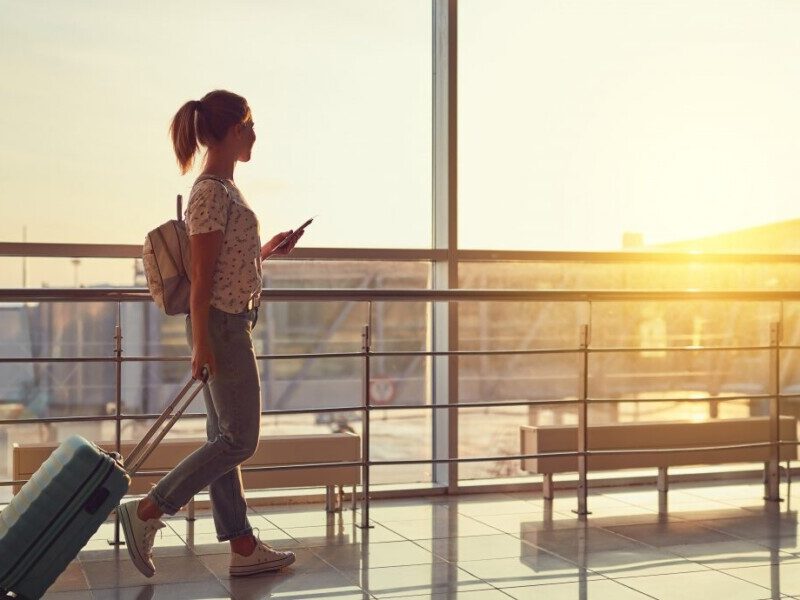To get a pleasant experience when traveling to Labuan Bajo, the Komodo island tour can be the best choice. Komodo island trip operators offer a choice of boats and travel packages at various prices. There are 2 choices of travel packages offered by the operator, namely open trips and private trips. For photographer lovers and diving lovers, you can take a special package where the Komodo island boat tour operator will take you to special spots. On the trip to Komodo island not only saw my Komodo dragon but also witnessed the enchanting natural beauty.

Attractions during the Komodo island tour
Komodo Island is a world tourist icon with extraordinary sea charm, both on the beach and under the sea. This area is formed from the confluence of two continents, namely Asia and Australia which then forms a unique row of islands and volcanoes.
Along the Komodo island trip, you can find islands with a variety of fascinating flora and fauna. The beauty of the pink beach is the main attraction for tourists. In fact, the uniqueness of pink sand beaches can only be found in 7 places around the world, including in the Komodo National Park area. Your Komodo island tour will be more interesting because you can see dolphins that appear at any time around the boat.
Komodo Island Trip Guide
As you might expect, this is a frequently asked question by guests, and it’s a difficult one to answer. You may not realize it, but Komodo is a year-round diving destination, with each “season” and month allowing for different locations to be visited, as well as different wildlife and sea conditions. The dry season lasts from April to October, and the wet season lasts from November to March. There is also a windy season from May to September, which coincides with the main tourism season when Komodo is busiest with boats and divers from June to August.
The best time to visit Komodo is determined by what you want out of your Komodo island tour. Is your primary interest Manta Rays? Or are you a Macrophile? Do you want to scare off the crowds? Have the best visibility or the warmest water? Or why not visit the less visited dive/snorkel sites of south Komodo and Rinca?
Komodo Island season
JANUARY: As previously stated, this is technically the wet season, so expect some rain and variable visibility/water temperature. But it’s a great time to see Manta Rays, and you’ll have many dive sites to yourself. The stunning sites in the south of Rinca/Komodo, which were previously only accessible by liveboard, are now open to diving. These sites are very different from the Central and Northern sites in terms of macro and topography.
FEBRUARY: The wettest month in Komodo, but as with January, it’s a great time to explore the less-visited southern locations, with plenty of Manta Rays and the chance of seeing other divers at its lowest. We’ve also recently discovered a couple of locations where we’ve seen Hammerhead and Thresher Sharks that we can visit during this time.
MARCH: The start of the transition from wet to dry seasons, which can mean that the entire National Park is yours to explore on a longer trip. Visibility and water temperature are unpredictable, but this is an excellent time to fully explore Komodo and see Manta Rays with few people around.
APRIL: The dry season has begun, but the windy season has not, which means calm seas and an increase in the number of tourists. Divers’ attention is now shifting to the well-known Central and Northern dive sites such as Castle Rock and Batu Bolong. It is still a good time to see Manta Rays, and the water temperature and visibility can be spectacular.
MAY: The dry season has begun, the windy season has begun, and the Central and Northern areas of Komodo begin to offer their best diving conditions. The number of Manta sightings begins to decline as the water temperature rises and their food supply diminishes in the Central area. However, the coral’s health is beginning to show with good visibility, vibrant colors, and a plethora of marine life.
JUNE AND JULY: Incredible diving conditions in the Central and Northern areas, with visibility of 30+ meters and water temperatures of 29-30 degrees. Manta Ray encounters are rare and usually involve juveniles, as the Manta Rays migrate south of Komodo in search of cold, plankton-rich waters. The number of divers begins to rise dramatically, resulting in very crowded dive sites during peak times. It’s also worth noting that this is Komodo Dragon mating season. The Dragons are less visible at this time.
AUGUST: The Central and Northern areas remain popular with divers, and the conditions remain spectacular. Outside of peak times, there is plenty of Pelagic action at sites like Castle Rock and The Cauldron.
SEPTEMBER: The high season for tourism has passed, the winds are lowering, and the focus remains on Central and Northern Komodo. This is an excellent time to visit because the diving conditions are excellent without the crowds.
OCTOBER: The Mantas are returning to Central Komodo, the dive sites are quiet, and the seas are calm. After a busy high season, this is the start of our favorite season in Komodo, and we tentatively begin to explore a little further south.
NOVEMBER: The hottest month here and the start of the seasonal change, which means that exploration to the south has begun and nearly all of Komodo National Park is accessible. This is also the season when we begin to see whales passing by as we travel.
DECEMBER: The wet season begins, but rainfall on the islands is minimal. Finally, with increased temperature and visibility, the southern sites are opening up. The central area still has some excellent diving, but the exposed northern sites are usually less diveable due to low visibility and rough seas. The first two weeks of December are frequently very quiet, making it an ideal time to visit and avoid the crowds.

